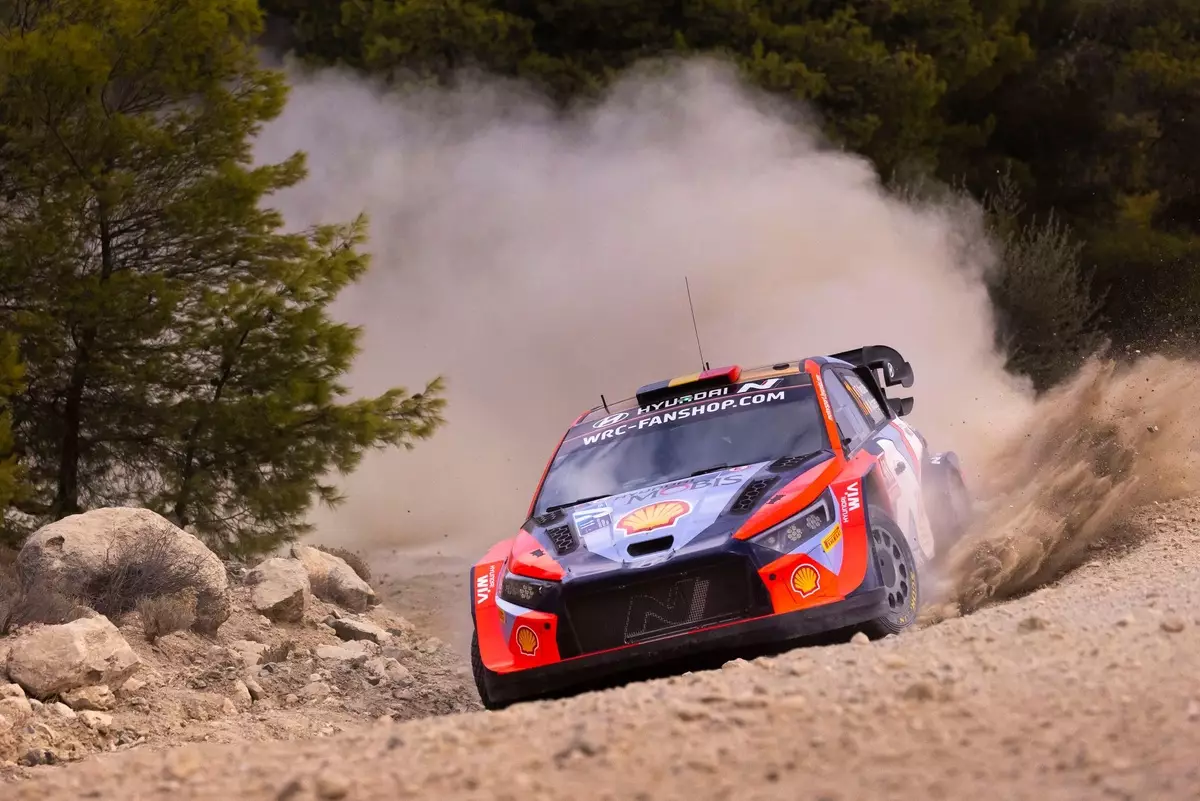The Future of Rallying: WRC’s Shift Away from Hybrid Technology
Hey there, rally enthusiasts! If you’re anything like me, you probably have a soft spot for the roar of engines and the thrill of the race. Today, we’re diving into some big news from the World Rally Championship (WRC) that’s set to shake up the racing world. The WRC has decided to wave goodbye to hybrid technology in its Rally1 cars starting in 2025. This move marks a significant shift from the hybrid systems introduced just a couple of years ago in 2022. Why this change, you ask? Well, it all boils down to costs and operational challenges that have been a bit of a headache for teams.
Now, I know what you’re thinking—weren’t hybrid technologies supposed to be the future? That’s exactly what I thought when they first came on the scene. But sometimes, reality throws us a curveball. The decision, made by the FIA World Motor Sport Council through an e-vote, aims to steer Rally1 cars back toward the classic internal combustion engines. As much as we love innovation, it seems that the traditional approach might just be the way forward for keeping rallying both exciting and sustainable.
Key Takeaways
- The WRC is moving away from hybrid technology in Rally1 cars starting in 2025.
- High costs and operational challenges led to this decision.
- Focus will shift back to internal combustion engines with sustainable fuel use.
The Rationale Behind the Change
Xavier Mestelan-Pinon, who serves as the FIA’s Chief Technical and Safety Officer, has been quite vocal about why this shift makes sense. According to him, those hybrid units are just not cutting it anymore for what WRC needs right now. This isn’t just about nostalgia for those roaring engines; there’s a practical side too. The organization is keen on ensuring that competitive racing doesn’t break the bank or compromise safety standards. It’s fascinating how they’re balancing these priorities while also keeping an eye on environmental impact.

One of the interesting aspects of this new direction is WRC’s dedication to using 100 percent sustainable fuel. It’s their way of showing that even if we’re rolling back on hybrid tech, we’re not abandoning our green goals entirely. It’s like taking two steps back only to leap forward in another meaningful way. Reverting to internal combustion engines could bring back some of that raw excitement that comes with traditional rallying—something fans like us can’t get enough of!
Regulatory Adjustments and Their Implications
With these changes on the horizon, there are some important tweaks in regulations you’ll want to know about. The minimum weight for these Rally1 cars is set to drop from 1260 kg to 1180 kg. That’s quite a difference! Plus, they’re reducing the size of the air restrictor from 36mm to 35mm, which should keep things spicy by maintaining a consistent power-to-weight ratio. These adjustments are all about ensuring we don’t lose that edge-of-your-seat excitement we crave from every race.
If you’re wondering whether this will work out well for WRC, there’s already some promising evidence out there. Martiṇs Sesks’ performance in Poland with a non-hybrid Ford Puma was pretty thrilling and has instilled confidence among stakeholders. With Japan gearing up for its final event of the season, there’s an optimistic buzz around what’s next for rallying under this new framework.
Final Thoughts
As we look ahead to this new era in rallying, it’s clear that while innovation is essential, sometimes tradition holds surprising value. By pivoting away from hybrid units, WRC is embracing a future that’s rooted in sustainability and cost-effectiveness without sacrificing the thrill that keeps us coming back race after race. This decision reflects not just on motorsport’s evolving nature but also showcases a commitment to preserving what makes rallying so special. So here’s to more heart-pounding moments on those winding tracks!
rallying WRC motorsport hybrid technology sustainability


Leave a Reply